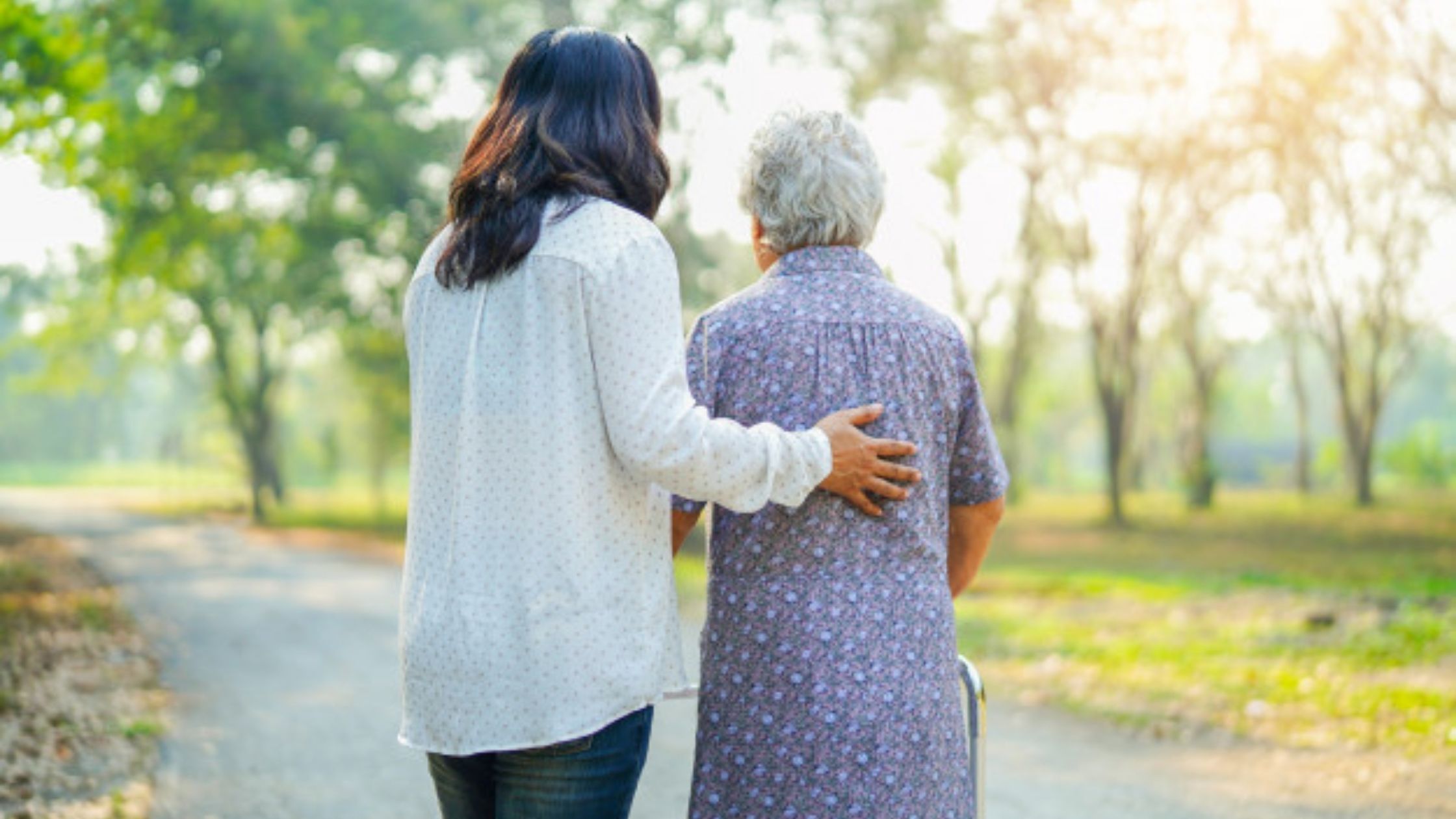What is osteoporosis? Symptoms, risk factors and prevention of the disease

Osteoporosis is a bone-related disease that leads to a lack of bone density thus increasing your risk of fractures. World Osteoporosis Day is a campaign commemorated on October 20th to raise awareness regarding the prevention, diagnosis, and treatment of disease. It is also remembered to raise awareness regarding the burden on the caregivers and the lost independence in patients suffering from the disease. Given below are the factors regarding symptoms, risk factors, and prevention of the disease.
Advertisement
Symptoms of osteoporosis:
- Pain in the lower back area is prominent
- Fractures that don’t heal easily.
- Loss of height due to stooping
- Low handgrip strength
- Severe back/neck pain
Risk factors:
- Age: Being older increases the risk of developing the disease.
- Poor lifestyle habits: Poor lifestyle habits like excessive smoking or alcoholism increases the risk.
- Women above age of 45: Menopause leads to low levels of estrogen, thus increasing the risk of this disease.
- Less testosterone in men: Testosterone increases bone density; hence lack of testosterone is an increased risk factor.
- Family history: Family history of osteoporosis or bone related diseases increases the risk.
- Certain medications: Medications consumed for hyperparathyroidism, hyperthyroidism, kidney diseases and diabetes can increase the risk.
Prevention:
Advertisement
- Exercise: Exercising regularly helps in the maintenance of bones and muscles and there is the strengthening of the skeletomuscular system.
- Appropriate diet: Foods rich in calcium like milk, cheese, green leafy vegetables, fishes (consumed with bones) are good sources. Vitamin D also plays a major role in strengthening bones. Sources include sunlight, Liver, eggs, mushrooms (exposed to sunlight), salmon, etc.
- Get yourself tested: It is important to get yourself tested once in a while to check your bone mineral density and to take the necessary steps required if at all you have low levels.
- Give up certain habits: It is important to exercise, avoid smoking as it is shown to reduce bone mineral density. Excessive alcoholism is also detrimental.
- Appropriate footwear: Use low-heeled/ flat-soled shoes to prevent falls.
- Take care of where you walk: Avoid walking in smooth marble/ highly polished tiles as they are very slippery and prone to falls.
- Well-lit places: Keep all rooms and hallways well lit.
- Use railings/bars: Use handrails if the floor is particularly slippery or pathways are narrow (eg: staircase)

